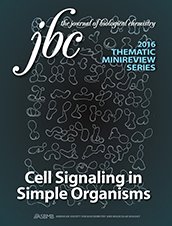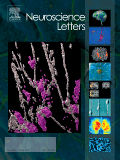
“Essential tremor (ET) is a neurological disorder with unknown etiology. Its symptoms include cerebellar motor disturbances, cognitive and personality changes, hearing and olfactory deficits. Excitotoxic cerebellar climbing fibre hyperactivity may underlie essential tremor and has been emulated in rodents by systemic harmaline administration.
Cannabinoid receptor agonists can cause motor disturbances although there are also anecdotal reports of therapeutic benefits of cannabis in motor disorders. We set out to establish the effects of cannabinoid type 1 receptor agonism and antagonism in an established rodent model of ET using a battery of accepted behaviour assays in order to determine risk and therapeutic potential of endocannabinoid system modulation in ET.
Overall, harmaline induced robust tremor that was typically worsened across the measured behavioural domains by CB type 1 (CB1 ) receptor agonism but ameliorated by cannabinoid type 1 receptor antagonism.
CONCLUSIONS AND IMPLICATIONS:
These results provide the first evidence of effects of endocannabinoid system modulation on motor function in the harmaline model of essential tremor and suggest that CB1 receptor manipulation warrants clinical investigation as a therapeutic approach to protection against behavioural disturbances associated with essential tremor.”






